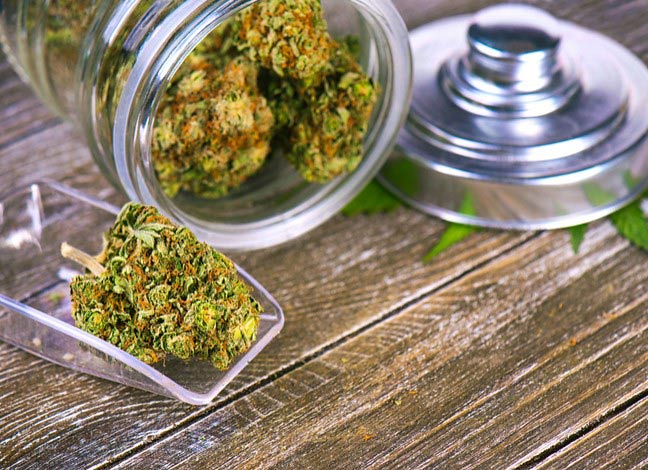A new study aims to deconstruct myths about the so-called dangers of cannabis dispensaries
For years, opponents of marijuana legalization have voiced the same arguments whenever the subject of dispensaries comes up: having legal cannabis vendors, they say, promotes the spread of crime, brings property values down in the neighborhood and encourages teenage marijuana use. And even though the push for marijuana legalization has gained widespread national support, these arguments against dispensaries have held sway.
A new study, however, attempts to debunk the link between cannabis stores and crime once and for all. Authored by the marijuana website Leafly in conjunction with the Humboldt Institute for Interdisciplinary Marijuana Research, the review considered more than 100 studies, eventually identifying 42 studies, surveys and research papers on the impact cannabis retailers have had on the surrounding communities. What the authors found was that despite many community members’ concerns about having cannabis dispensaries in their neighborhood, the data indicated that licensed cannabis dispensaries have been linked to either decreased crime rates or no changes in crime rate in a given area, as well as increased property values and a decrease in teenage marijuana use.
In the larger context of the conversation surrounding legalization, the issue of how state cannabis laws are locally enforced is not often discussed. Yet many cities and counties have ordinances banning or restricting the opening of cannabis dispensaries, even if they are in one of the 10 states (plus Washington, D.C.) where recreational marijuana use is legal for adults, according to David Downs, an editor for Leafly who co-authored the report. In California, for instance, where both recreational and medicinal cannabis use is legal, nearly 75% of jurisdictions have banned marijuana stores, with many city councils citing a concern over cannabis dispensaries leading to an increase in crime rates.
These fears primarily stem from the early days of medical marijuana legalization, when there were fewer regulations governing medical marijuana dispensaries. “Imagine if a liquor store opened up in your neighborhood without any liquor licensing. There’d be parking impacts, there’d be traffic, there’d be pedestrians, and neighbors get upset,” Downs said. “[A] lot of the public safety myths are tied to those early, unregulated medical licensees,” citing the proliferation of illegal and unregulated marijuana dispensaries in Los Angeles as an example.
A number of studies pointing to a link between rising crime rates and dispensaries are also based on data from law enforcement, which has traditionally voiced opposition to legalization: a February 2019 paper from the University of Colorado Denver, for instance — which pointed to a rise in crime rates in neighborhoods with dispensaries after Colorado legalized recreational marijuana use — was based on official police data, which may have been skewed if law enforcement went out of its way to target neighborhoods with dispensaries.
Banning dispensaries on the municipal level, Downs says, tends to yield the opposite intended effect: In lieu of a legal and regulated cannabis industry. “You’re gonna continue to have a thriving local black market of production, distribution and sale of cannabis, without any of the upside in terms of tax revenue, or purity, or potency, or safety,” he says. Even in cities or counties where it is legal to open dispensaries, the cost of operating such establishments, as well as the bureaucratic red tape involved in obtaining a license, effectively restricts access for everyone but “the one percent,” Downs says, excluding lower-income community members from taking leadership roles in the cannabis industry.
As someone with a clear stake in the marijuana legalization debate, Downs admits that the study may be perceived as biased, though he insists the data speaks for itself: “Don’t listen to us, listen to the studies,” he says. Nonetheless, in light of the increasing public support for cannabis legalization (more than 60% of Americans support legalization, according to a 2018 Pew poll), there’s clearly a need to further unpack the data surrounding the actual impact of marijuana legalization on the local level. Downs hopes that this review will spark further discussion about the impact of dispensaries on local communities, particularly lower-income communities and communities of color, as well as clarify myths surrounding marijuana use in general. Even if marijuana is legalized on the federal level, “if we fail at local implementation, then legalization won’t really happen,” he says. “These myths have been the biggest barrier to succeeding at local implementation, and I hope we can get over this barrier and, as citizens and local taxpayers, have smart, incisive discussions about the best path forward.”














